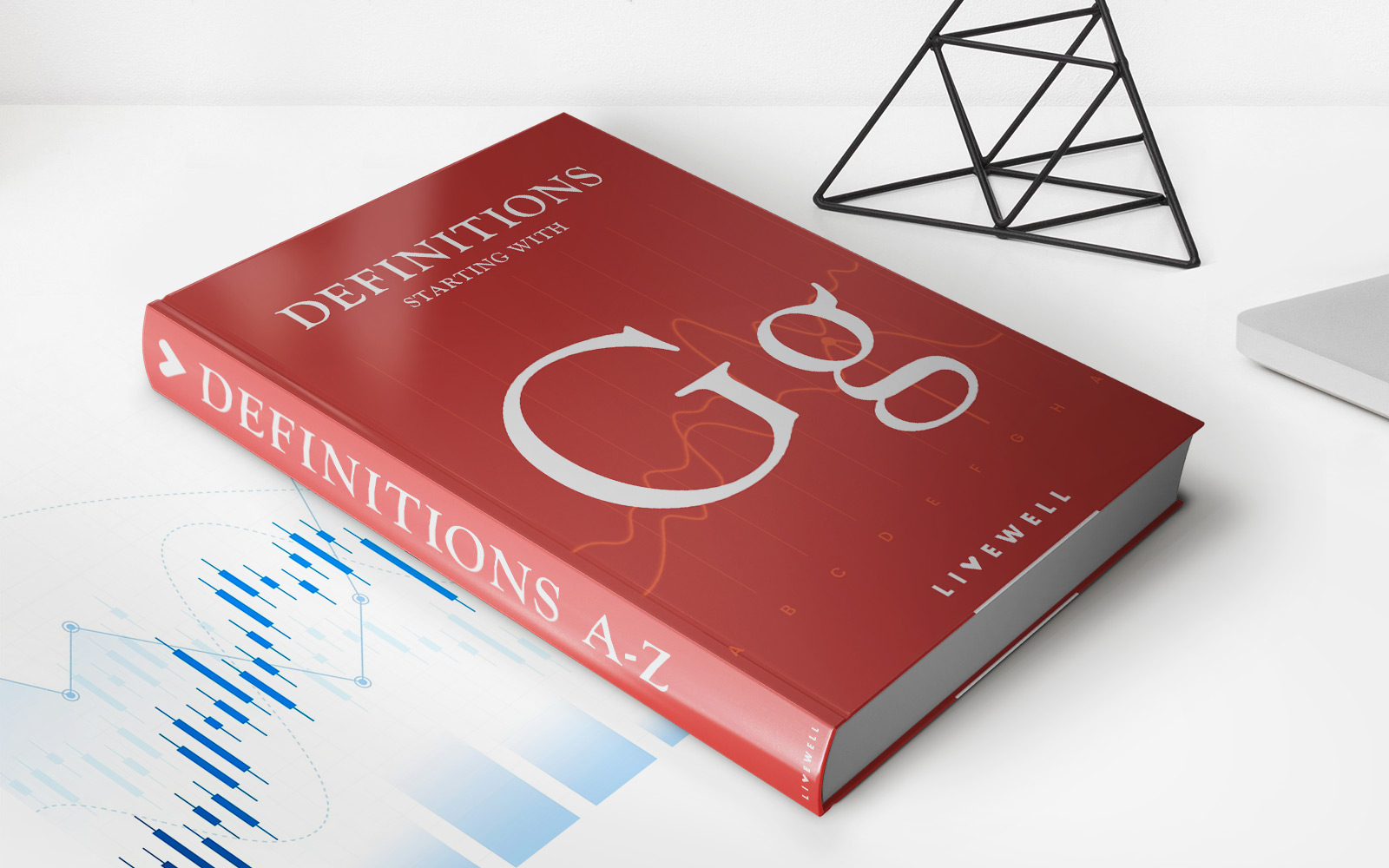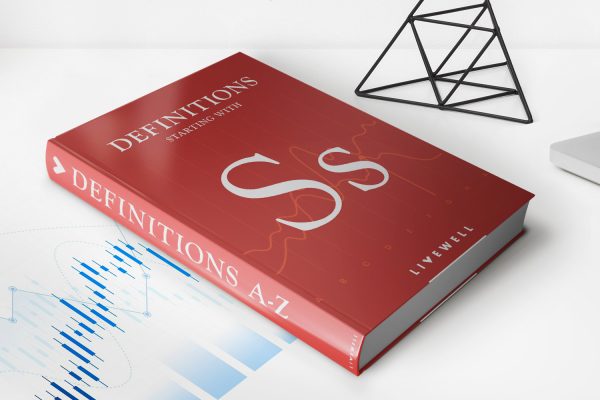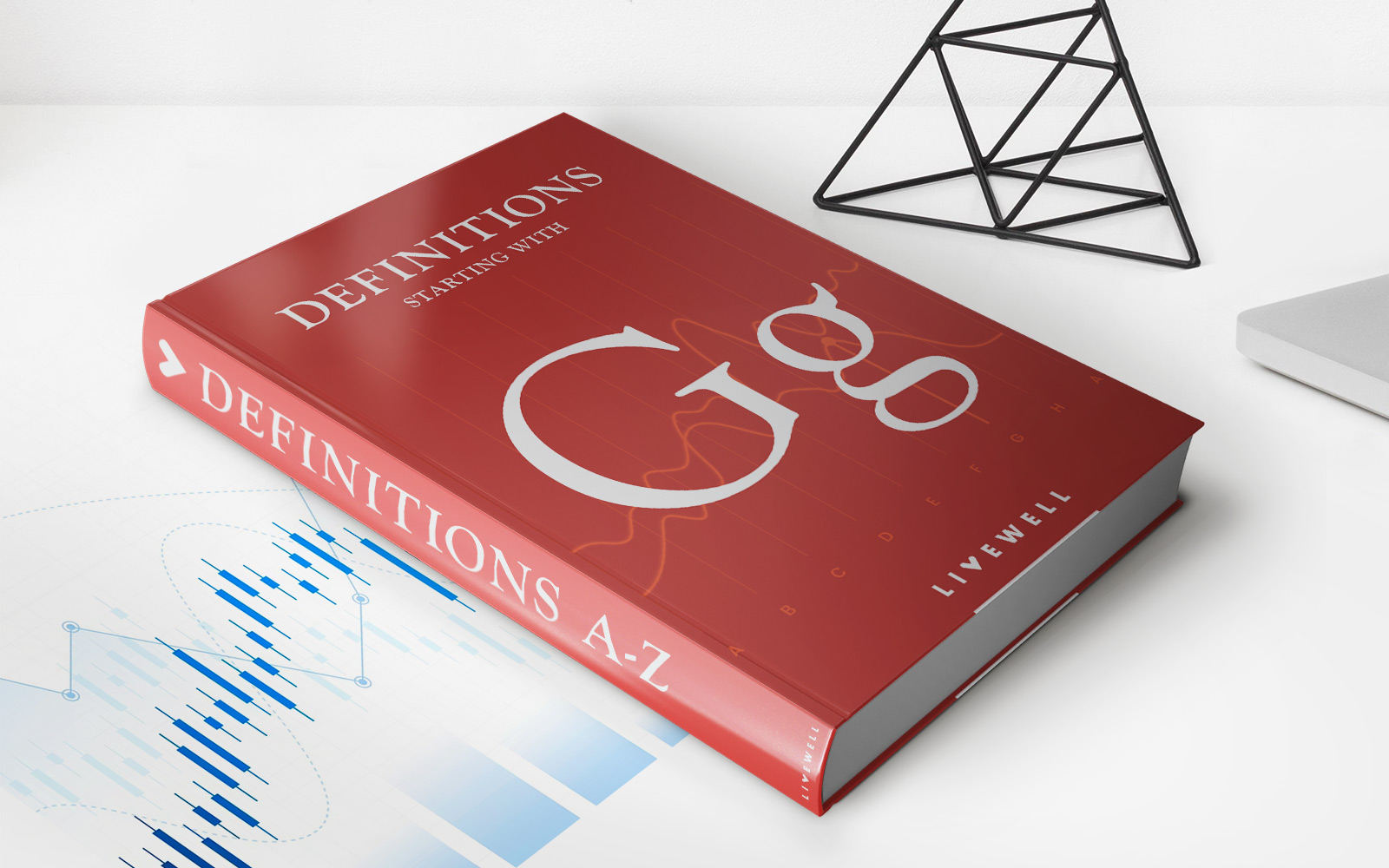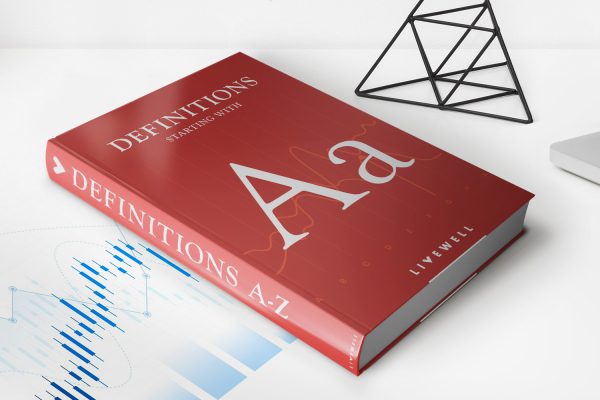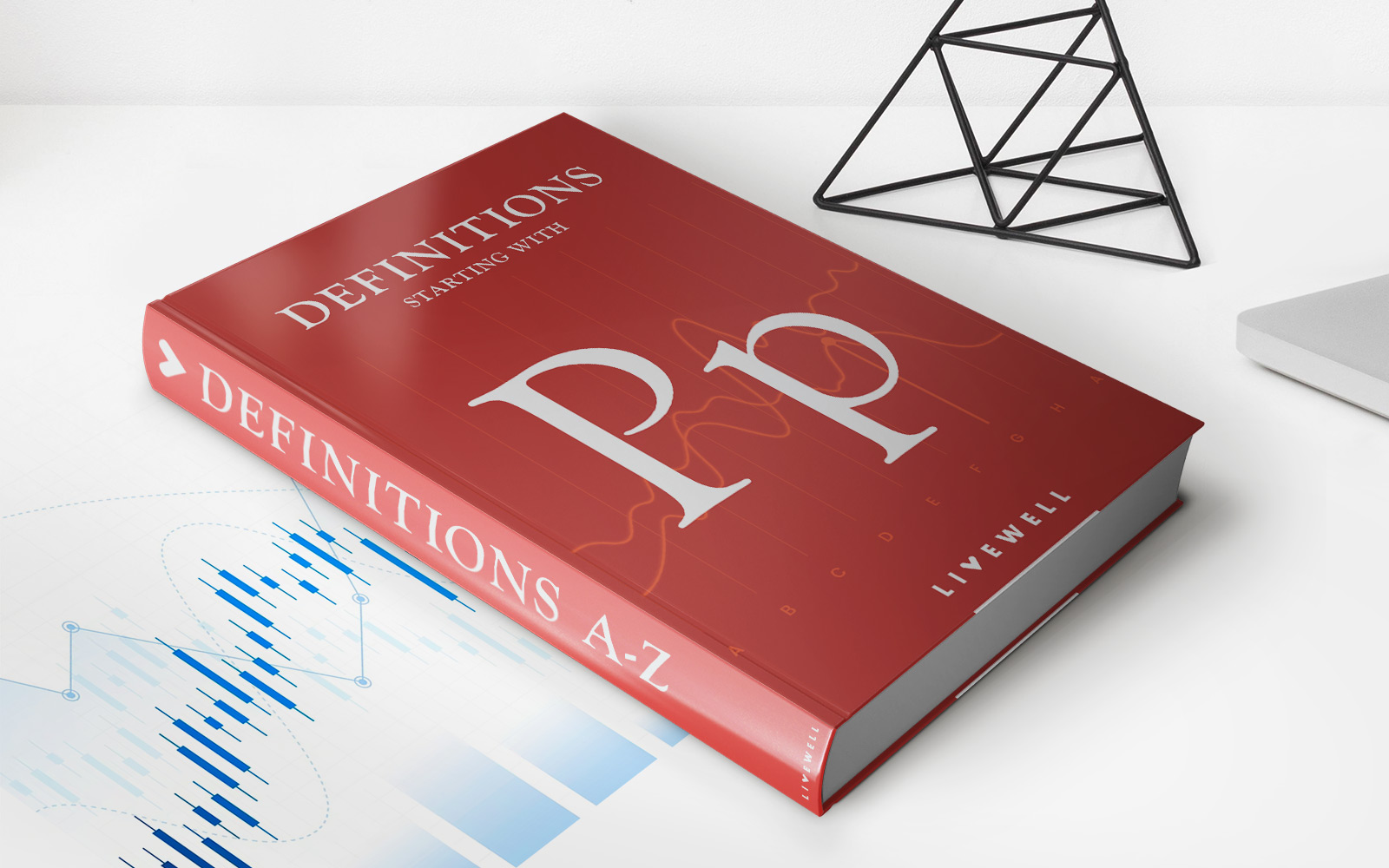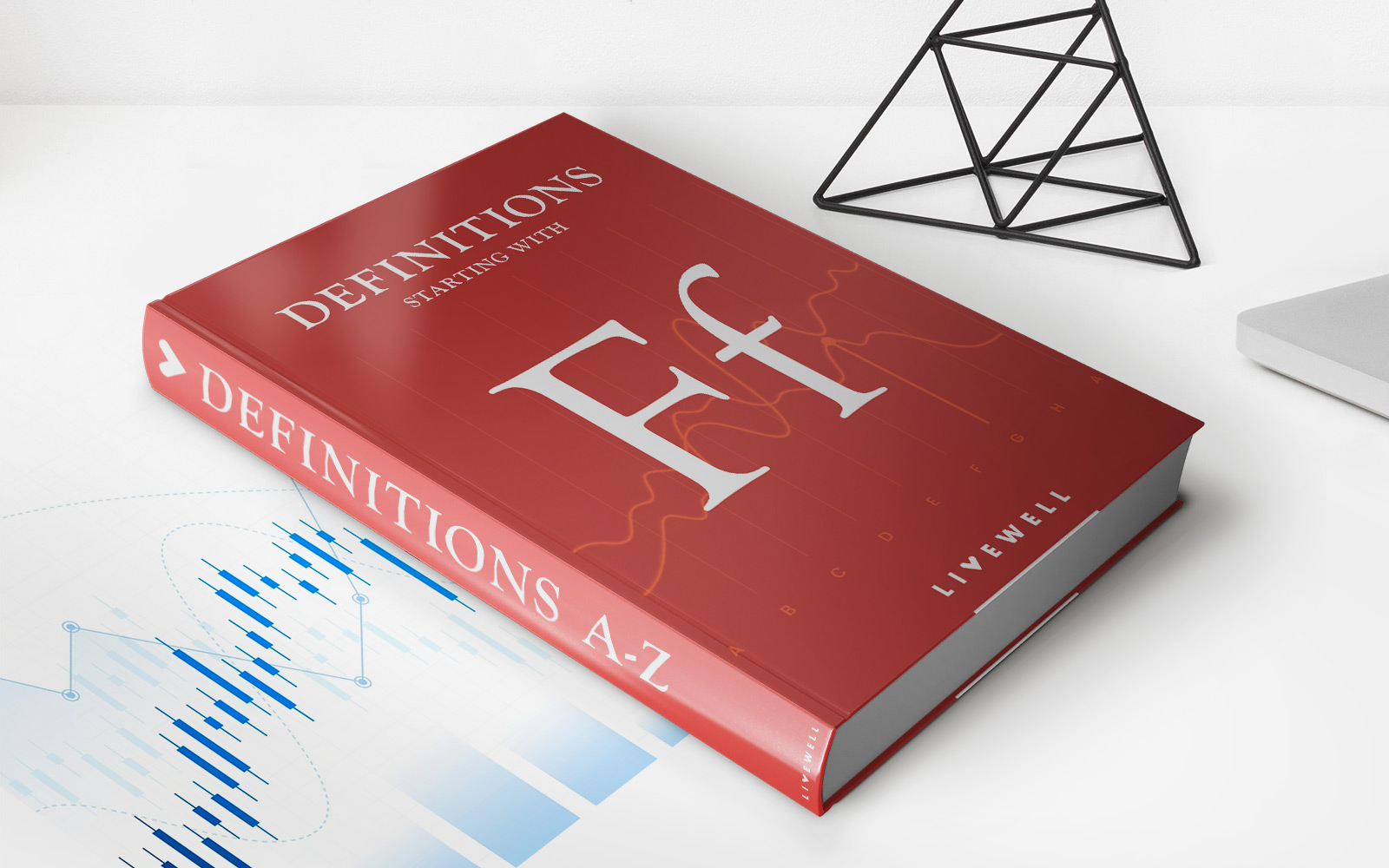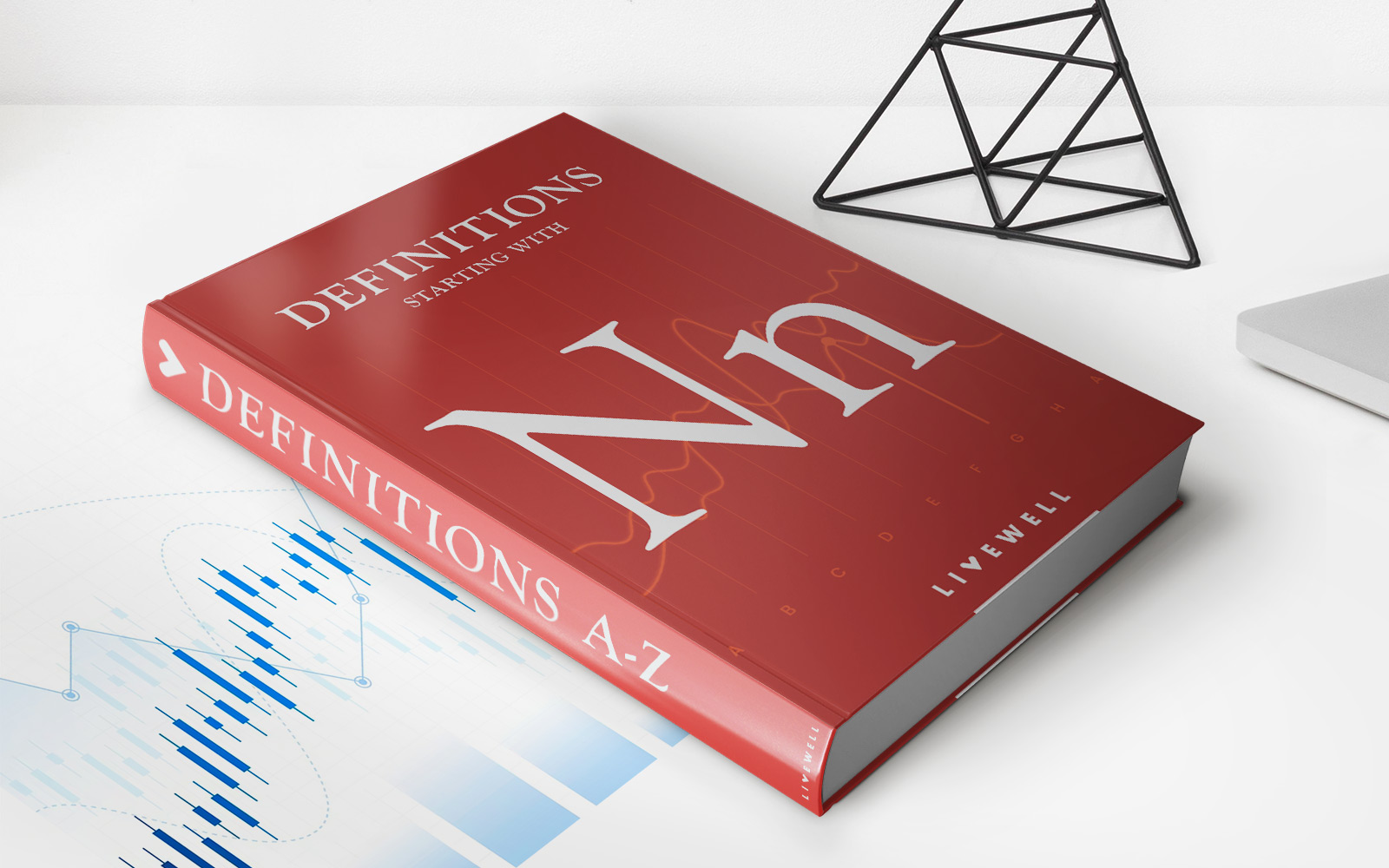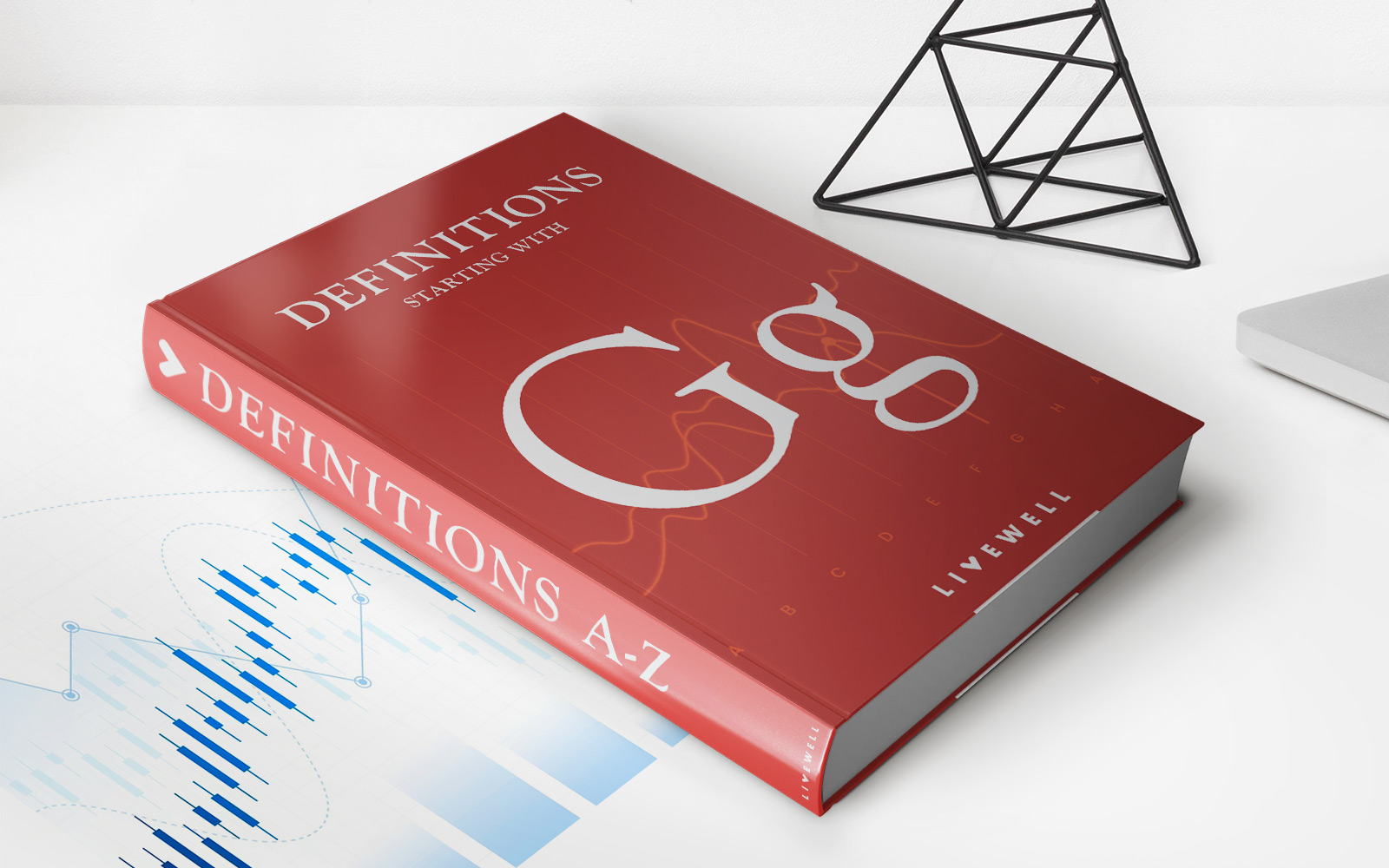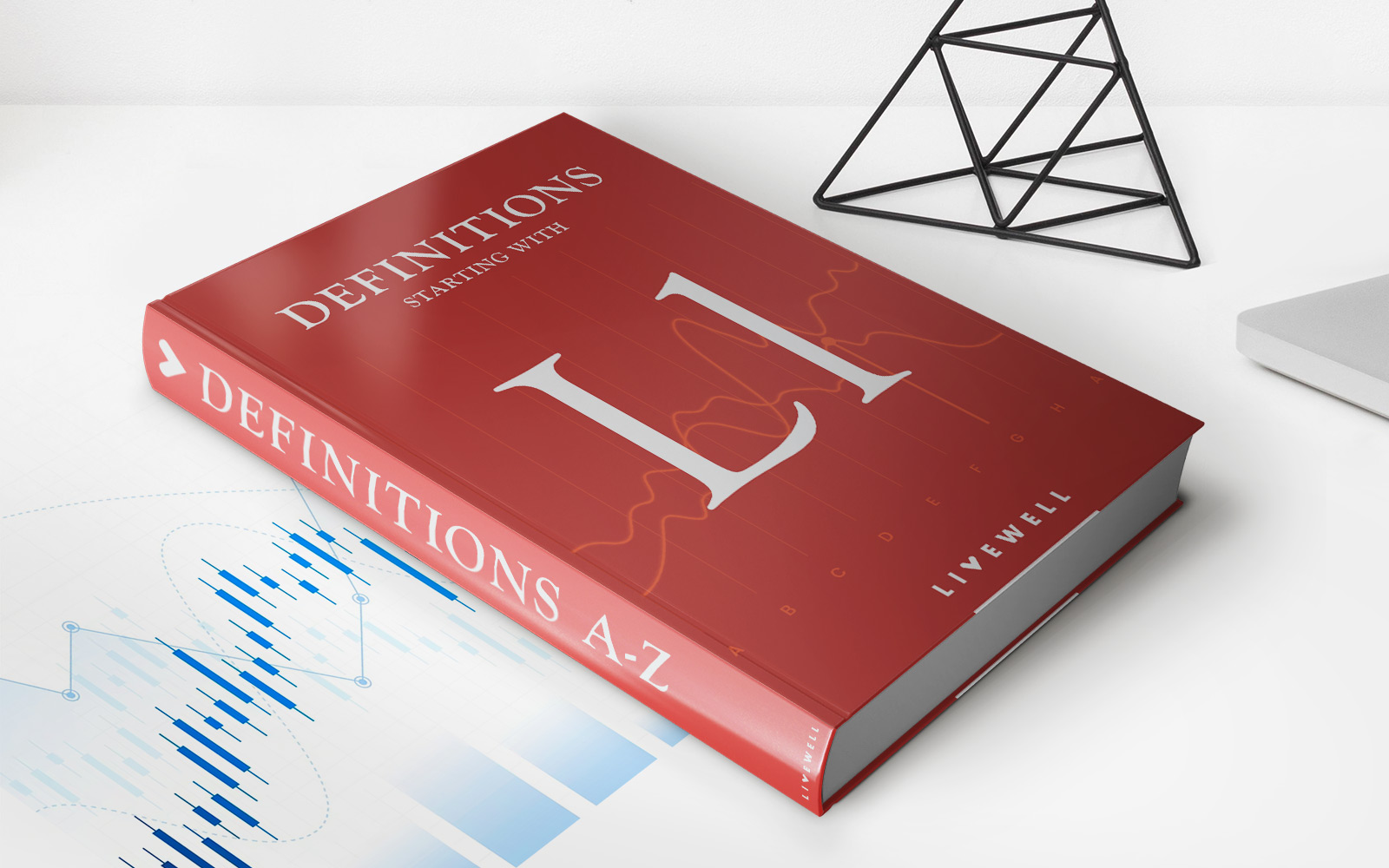Home>Finance>Gold Standard: Definition, How It Works, And Example
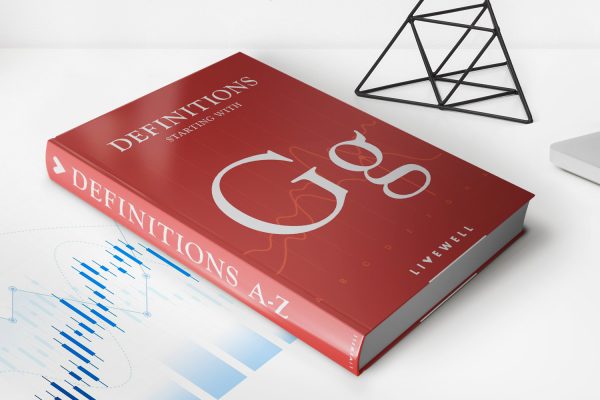
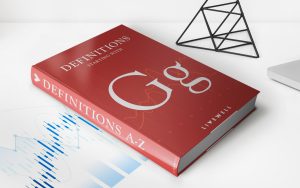
Finance
Gold Standard: Definition, How It Works, And Example
Published: December 1, 2023
Learn about the gold standard in finance, including its definition, how it works, and a real-life example. Explore the impact of this monetary system on the global economy.
(Many of the links in this article redirect to a specific reviewed product. Your purchase of these products through affiliate links helps to generate commission for LiveWell, at no extra cost. Learn more)
Unlocking the Mysteries of the Gold Standard: A Guide to Understanding Your Finances
When it comes to discussing finance, few topics are as intriguing as the gold standard. What exactly is the gold standard, how does it work, and why is it important? In this blog post, we will delve into the world of the gold standard to provide you with a comprehensive understanding of its definition, functioning, and even provide you with a practical example to solidify your comprehension. So, let’s jump right into it!
Key Takeaways:
- The gold standard is a monetary system where a country’s currency is directly linked to and can be exchanged for a fixed amount of gold.
- It has been used throughout history to establish financial stability and prevent excessive money printing.
Defining the Gold Standard
The gold standard, in essence, is a monetary system in which a country’s currency is directly linked to and can be exchanged for a fixed amount of gold. Under the gold standard, the value of a currency is tied to a specific amount of gold, creating a direct connection between the currency and the precious metal. This system provides stability and instills confidence in a country’s economy, as the value of money is based on a tangible and universally recognized commodity.
Historically, the gold standard was widely used around the world until the mid-20th century. Countries such as the United States, the United Kingdom, and various European nations relied on this system to maintain financial stability. However, as economies grew and trade expanded, the gold standard became increasingly challenging to sustain. Eventually, it was abandoned in favor of more flexible monetary systems.
How the Gold Standard Works
Under the gold standard, a country’s government or central bank holds a significant amount of gold in reserve. The value of the national currency is determined by the fixed amount of gold held in reserve. Individuals can exchange their paper currency for physical gold at the predetermined rate. This tie to gold ensures that the supply of money remains limited, preventing governments from printing excessive amounts of currency, which can lead to inflation.
This direct linkage between currency and gold has several implications. First, it ensures that the currency has intrinsic value, as it can be converted into a tangible asset. Second, it provides a credible commitment from the government to maintain the value of the currency. However, the gold standard also comes with limitations. For example, the supply of gold may be limited, making it difficult to expand the money supply in response to economic growth or other needs.
An Example of the Gold Standard
Imagine a country, let’s call it Goldland, decides to adopt the gold standard. The government of Goldland would establish a fixed exchange rate between its currency and a specific weight of gold. For instance, 1 Goldland Dollar (GLD) may be equal to 0.01 ounces of gold. This means that any citizen in Goldland can exchange 1 GLD for 0.01 ounces of gold at any time.
Now, let’s say that the government wants to issue more money to stimulate economic growth. In this scenario, they would be required to have additional gold reserves to back up the increased money supply. If they lack the necessary gold reserves, they would not be able to issue more currency, preventing them from pursuing expansionary monetary policies.
On the other hand, if the government decides to decrease the money supply to combat inflation, individuals would be able to exchange their GLD for an increased amount of gold, effectively reducing the money in circulation. This process ensures that the gold standard acts as a self-regulating mechanism, naturally stabilizing the economy.
While the gold standard is no longer widely practiced, it remains an essential topic to understand when it comes to the history and development of finance. By grasping the concept of the gold standard, you can gain a deeper understanding of the factors that shape our current monetary systems.
In Conclusion
The gold standard, although no longer prevalent, played a significant role in shaping the financial landscape throughout history. It provided stability, credibility, and a tangible value to currencies. By studying the gold standard, we can gain insights into the evolution of finance and better comprehend the systems that govern our economies today.
To summarize our journey into the world of the gold standard, let’s revisit our key takeaways:
- The gold standard is a monetary system where a country’s currency is directly linked to and can be exchanged for a fixed amount of gold.
- It has been used throughout history to establish financial stability and prevent excessive money printing.
Now armed with this knowledge, you can navigate the world of finance with a deeper understanding of the gold standard and its impact on our financial systems.
